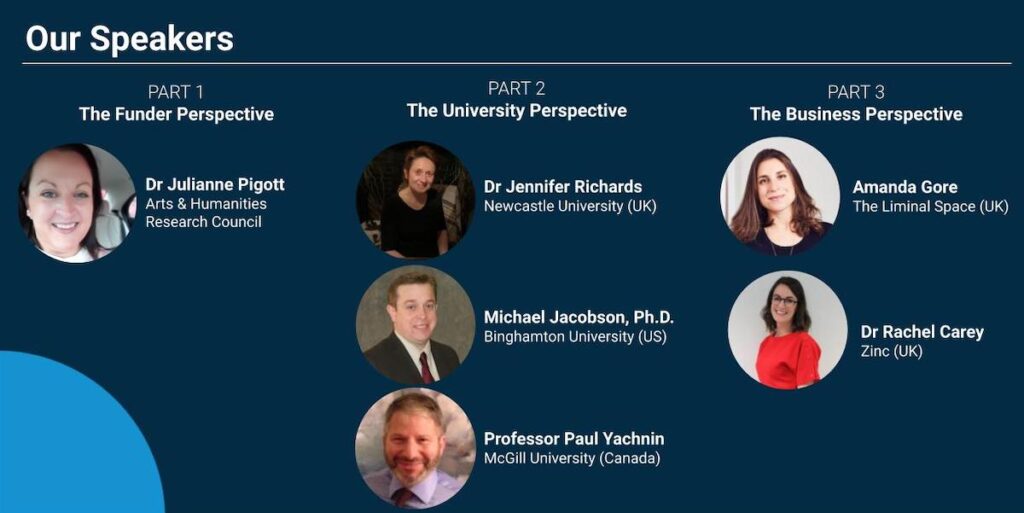
Arts and humanities research funders face a unique set of challenges that make it difficult to measure, track and report on the impact of their funded research. Unlike other fields of research, such as science or engineering, the impact of arts and humanities research is often difficult to quantify and can be subjective. In this blog, we will explore some of the challenges faced by arts and humanities research funders, and why measuring the impact of their funded research is so difficult.
One of the main challenges faced by arts and humanities research funders is the nature of the research itself. Arts and humanities research often involves the study of complex cultural phenomena, such as literature, music, and art. These phenomena are difficult to quantify and can be subjective, meaning that it is often challenging to measure the impact of research in these areas. For example, how can one measure the impact of a new work of literature or a new piece of music? It is difficult to do so in any meaningful way.
Another challenge faced by arts and humanities research funders is the lack of established metrics for measuring impact. In other fields of research, such as science or engineering, there are well-established metrics for measuring the impact of research, such as citation counts, patents, and publications in high-impact journals. However, in the arts and humanities, there are no established metrics for measuring impact, which makes it difficult to track and report on the impact of research in these areas.
Furthermore, the impact of arts and humanities research is often long-term and difficult to measure in the short-term. For example, a new work of literature may not have an immediate impact, but over time it may become a classic and have a significant impact on culture and society. Similarly, a new piece of art may not have an immediate impact, but over time it may become an important part of a culture’s artistic heritage. The long-term nature of the impact of arts and humanities research makes it difficult to measure and report on in the short-term.
It is also the case that some arts and humanities research funders often struggle to communicate the value of their funded research to stakeholders. Unlike other fields of research, such as science or engineering, the impact of arts and humanities research is often intangible and difficult to quantify. This can make it challenging to communicate the value of research to stakeholders, such as policymakers and the public.
Pathways Forward
However, there are affirmative and positive pathways forward that can help address these challenges and ensure that the arts and humanities continue to receive the support they deserve.
One pathway forward is to focus on developing new and innovative ways of measuring the impact of arts and humanities research. While there are currently no established metrics for measuring the impact of research in these areas, there is an opportunity to develop new metrics that take into account the unique characteristics of the research. For example, qualitative data such as surveys, interviews, and case studies can be used to capture the impact of arts and humanities research in a more nuanced and comprehensive way. Furthermore, the development of digital tools and platforms can help researchers collect and analyze data more effectively.
Another pathway forward is to prioritize collaboration and interdisciplinary research. Arts and humanities research often intersects with other fields, such as science, technology, and social sciences. By prioritizing collaboration and interdisciplinary research, arts and humanities funders can create opportunities for researchers to work across fields and develop new ways of measuring impact. Collaborative research can also help researchers address complex social challenges that require diverse perspectives and expertise.
The Importance of Communication
Finally, it is essential to communicate the value of arts and humanities research to a wider audience. While the impact of this research may be subjective and difficult to measure, it plays a critical role in shaping our culture, society, and understanding of the world. By communicating this value to stakeholders, such as policymakers, funders, and the public, arts and humanities researchers can secure the support and funding they need to continue their important work.
In conclusion, arts and humanities research funders face a unique set of challenges when it comes to measuring, tracking, and reporting on the impact of their funded research. The subjective nature of the research, the lack of established metrics, the long-term nature of the impact, and the difficulty in communicating the value of the research to stakeholders all contribute to the challenges faced by arts and humanities research funders. Despite these challenges, it is essential that we continue to support and fund research in the arts and humanities, as they play a crucial role in shaping our culture and society.
The Conversation Continues
Webinar Recording: Demonstrating the Value and Impact of Arts and Humanities Research Outside Academia
We recently hosted a webinar featuring a distinguished panel of experts from the UK, US, and Canada who discussed what it means to make a difference in Arts & Humanities research and what impact means to them.
